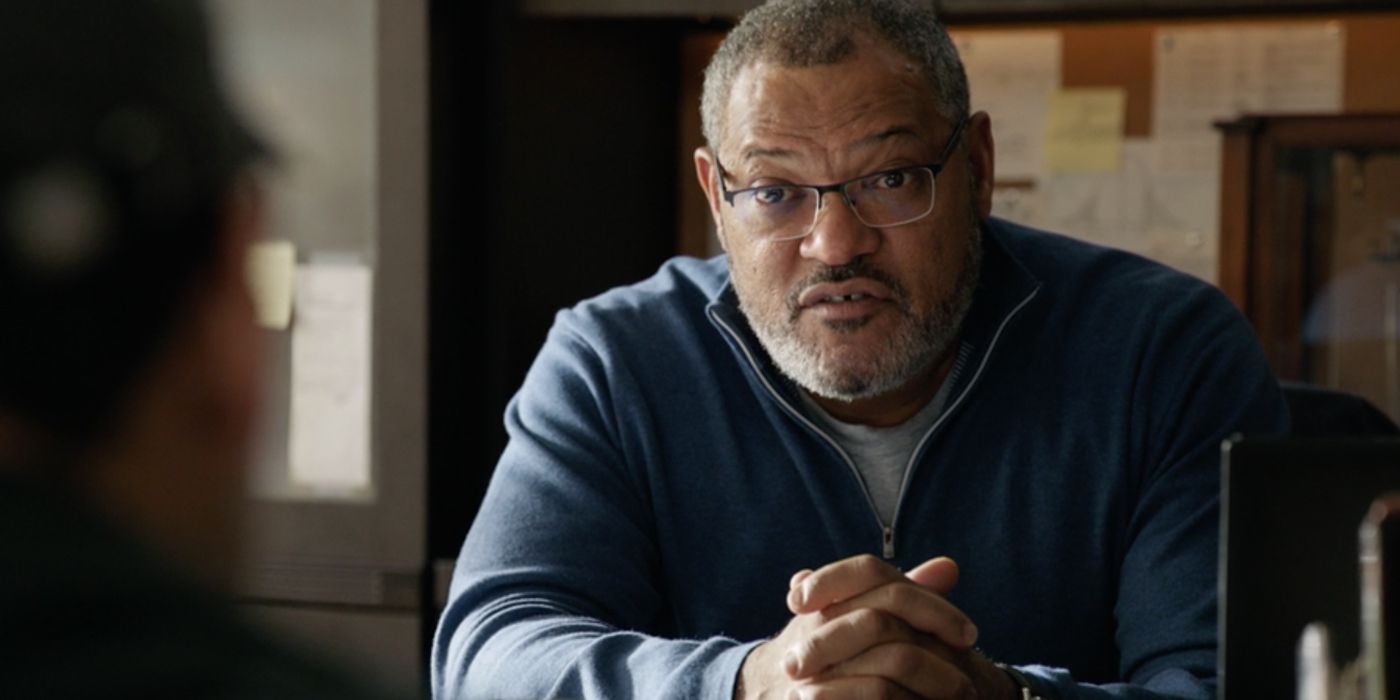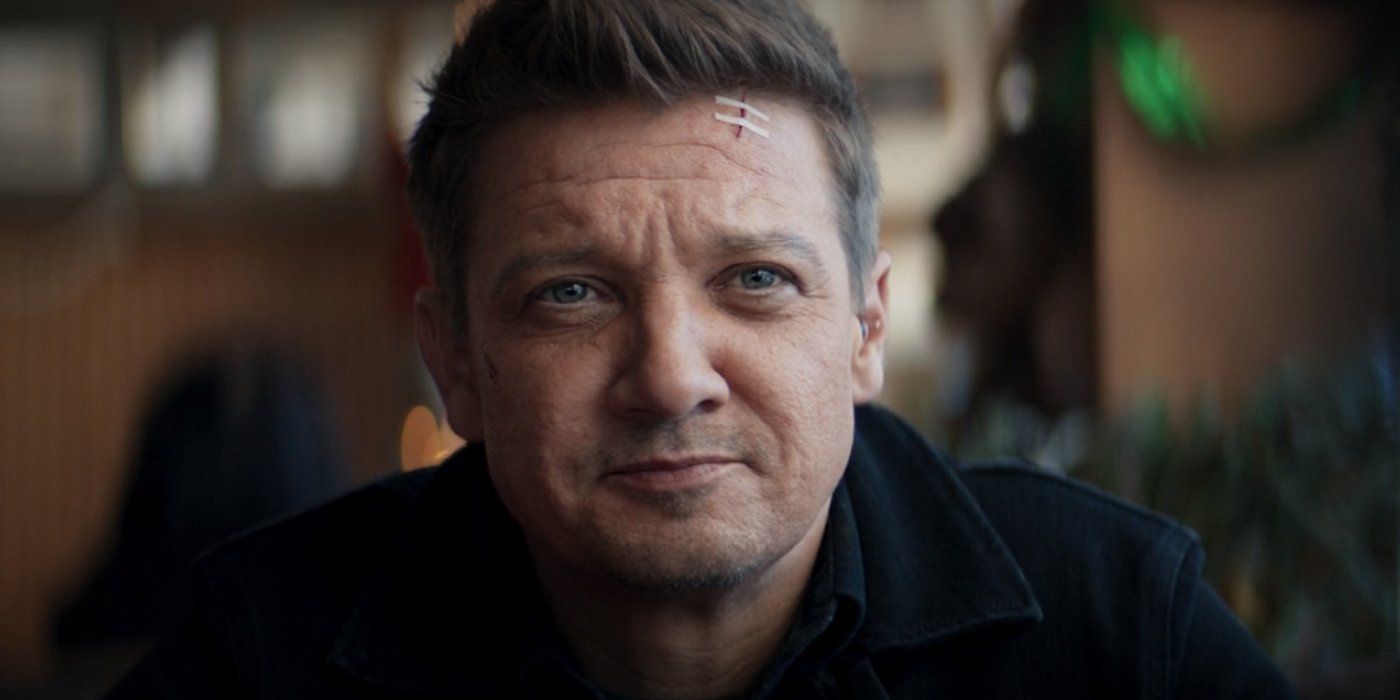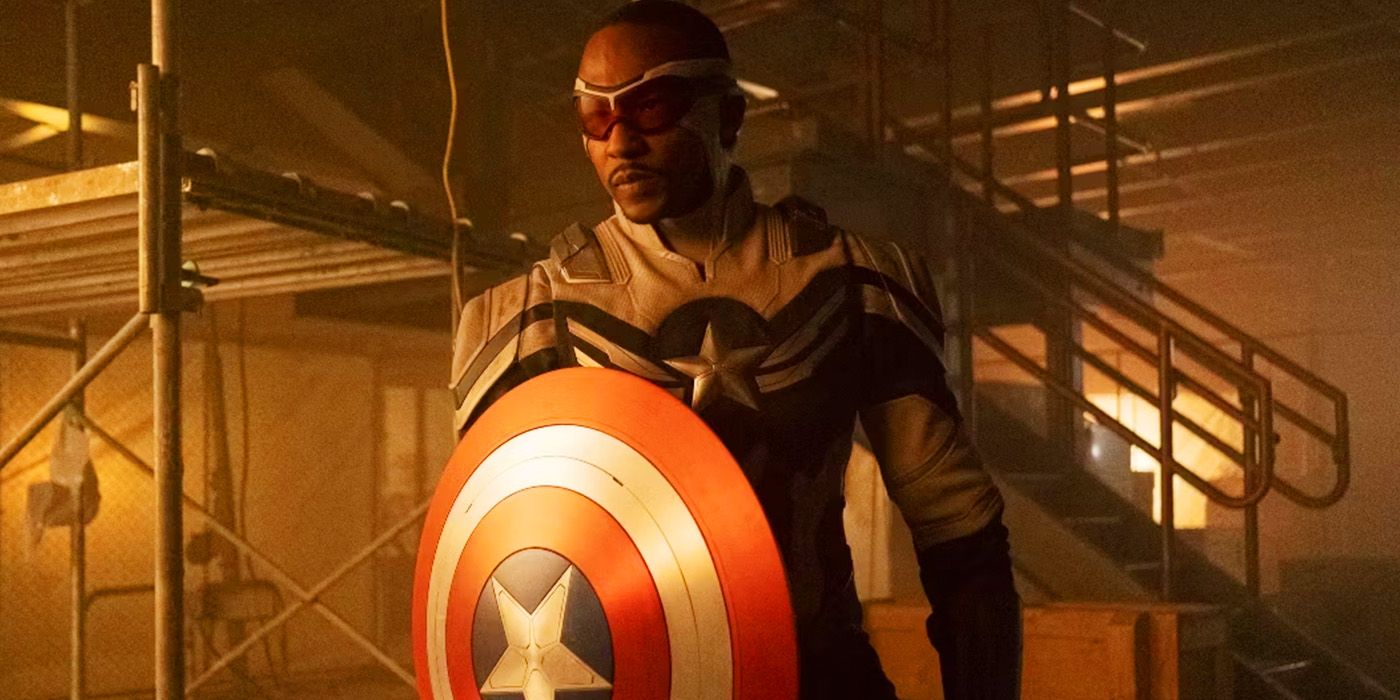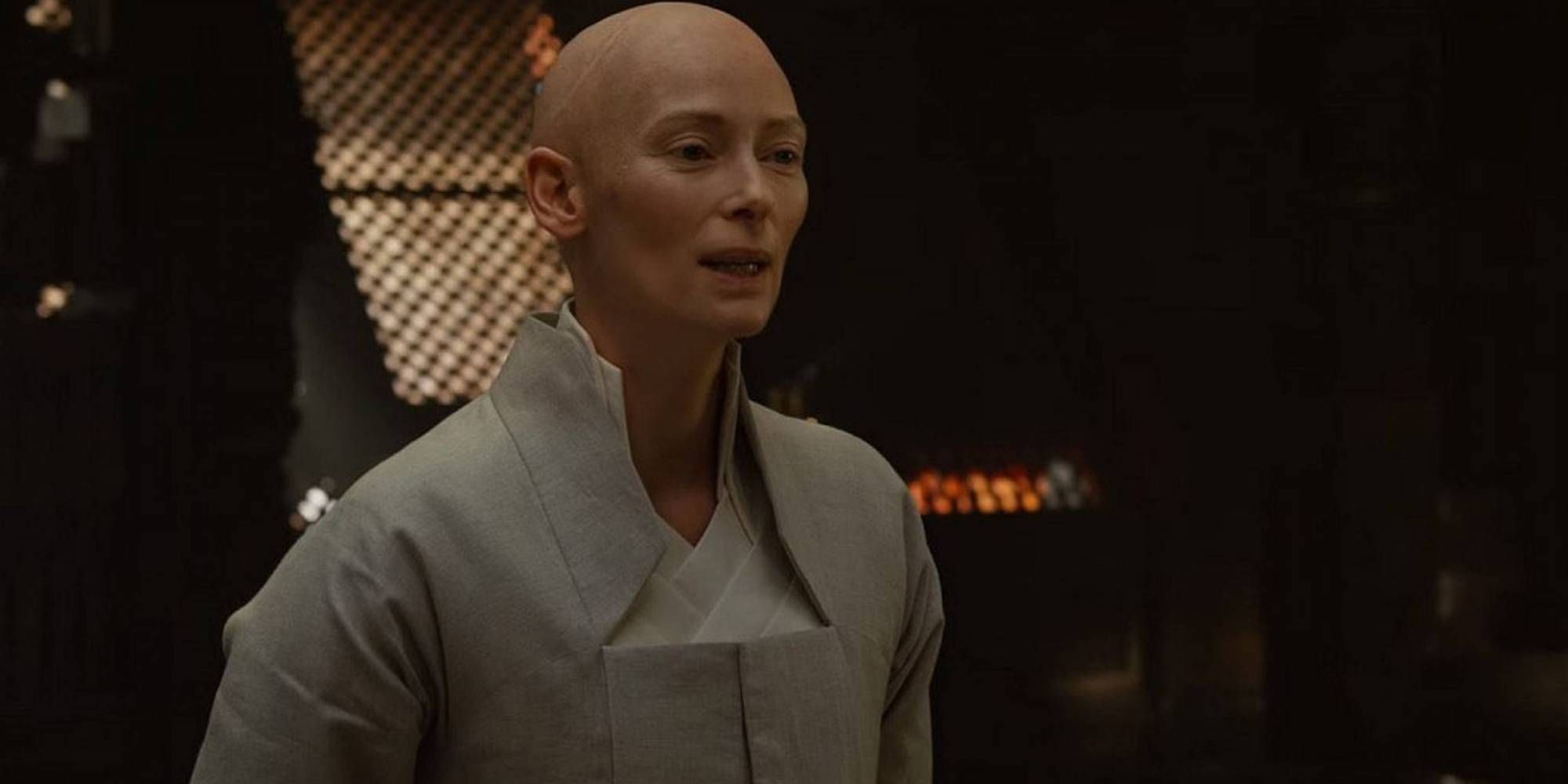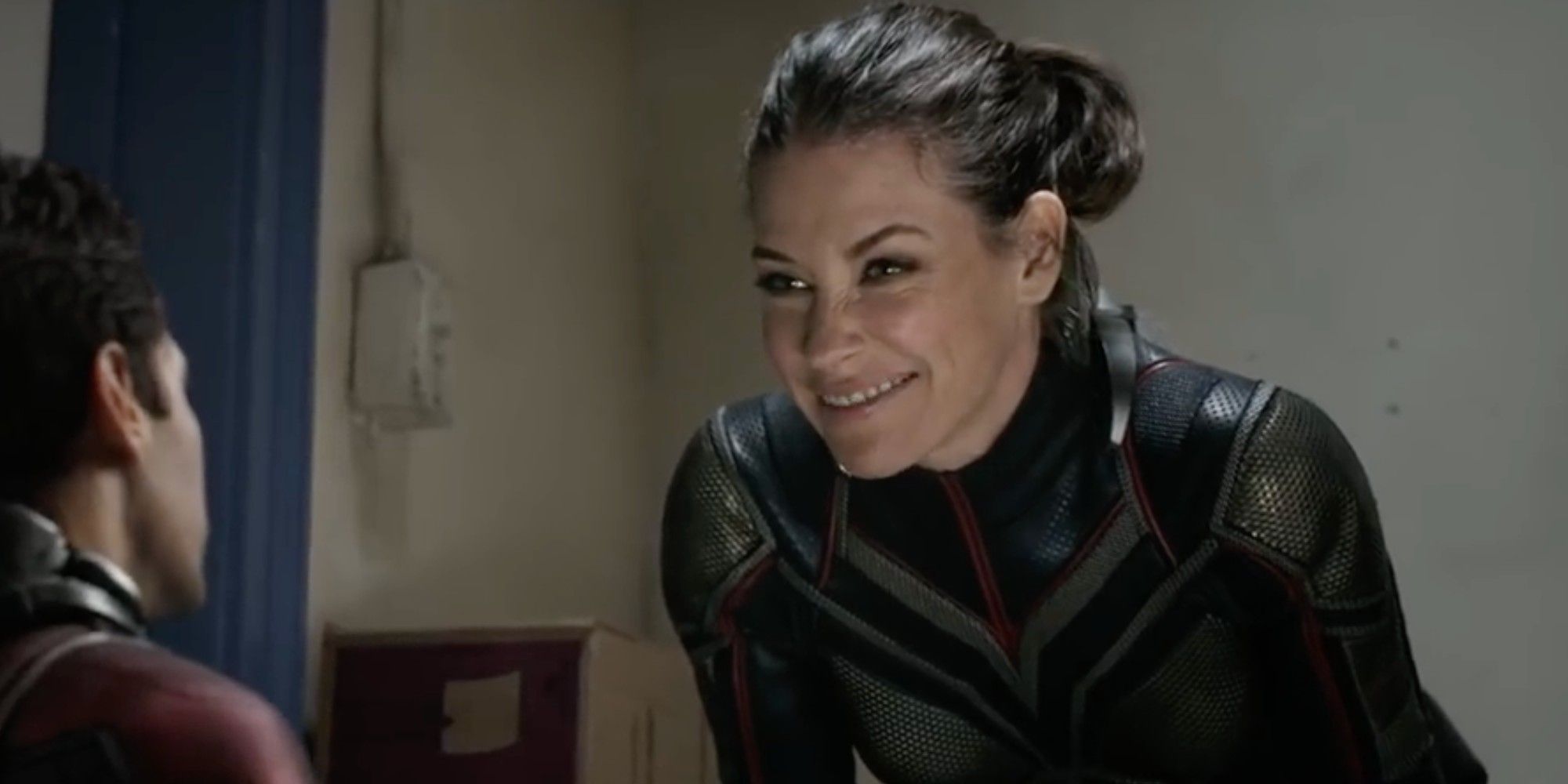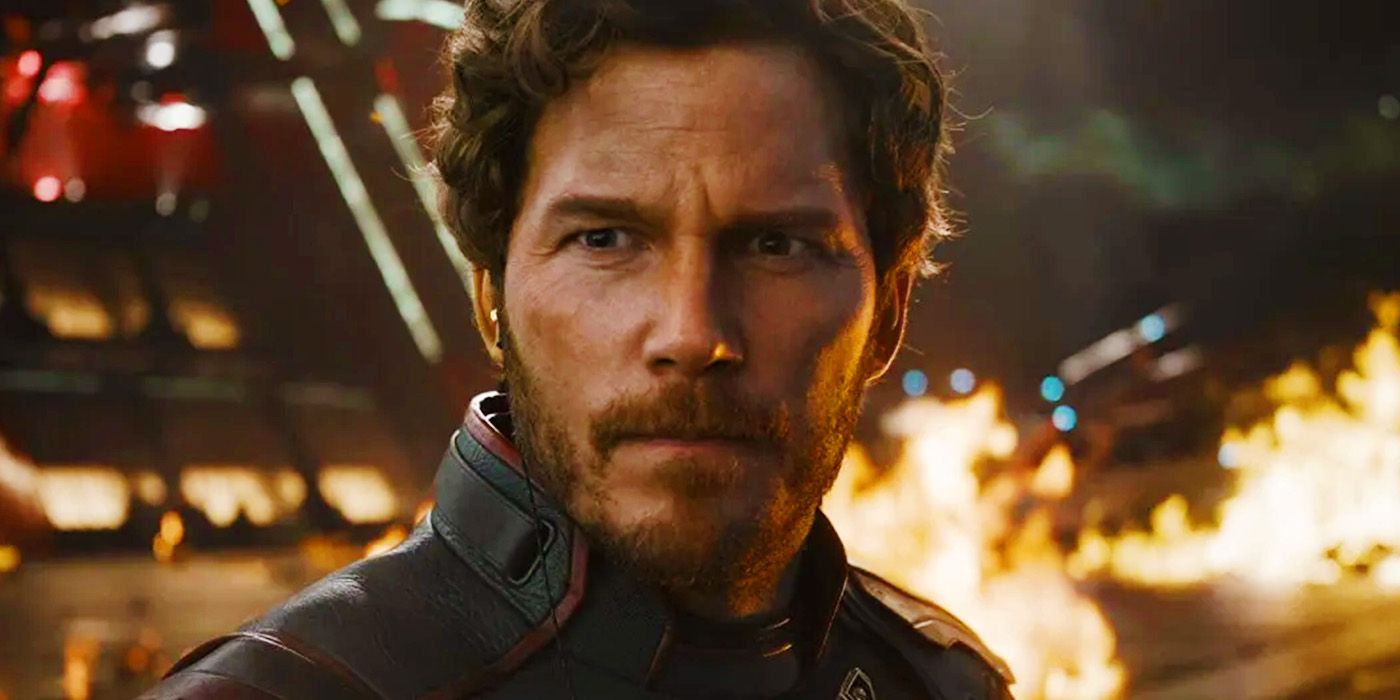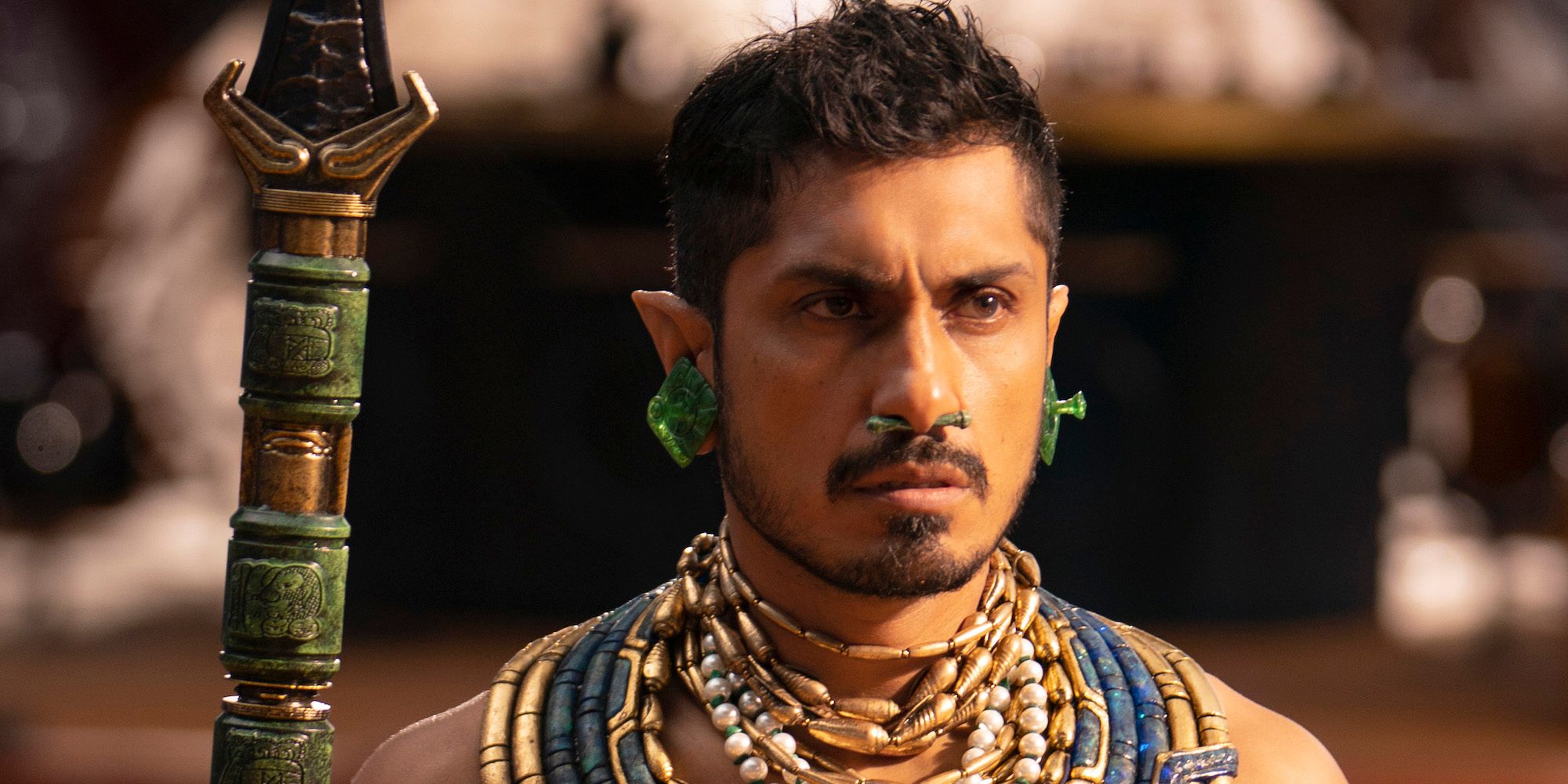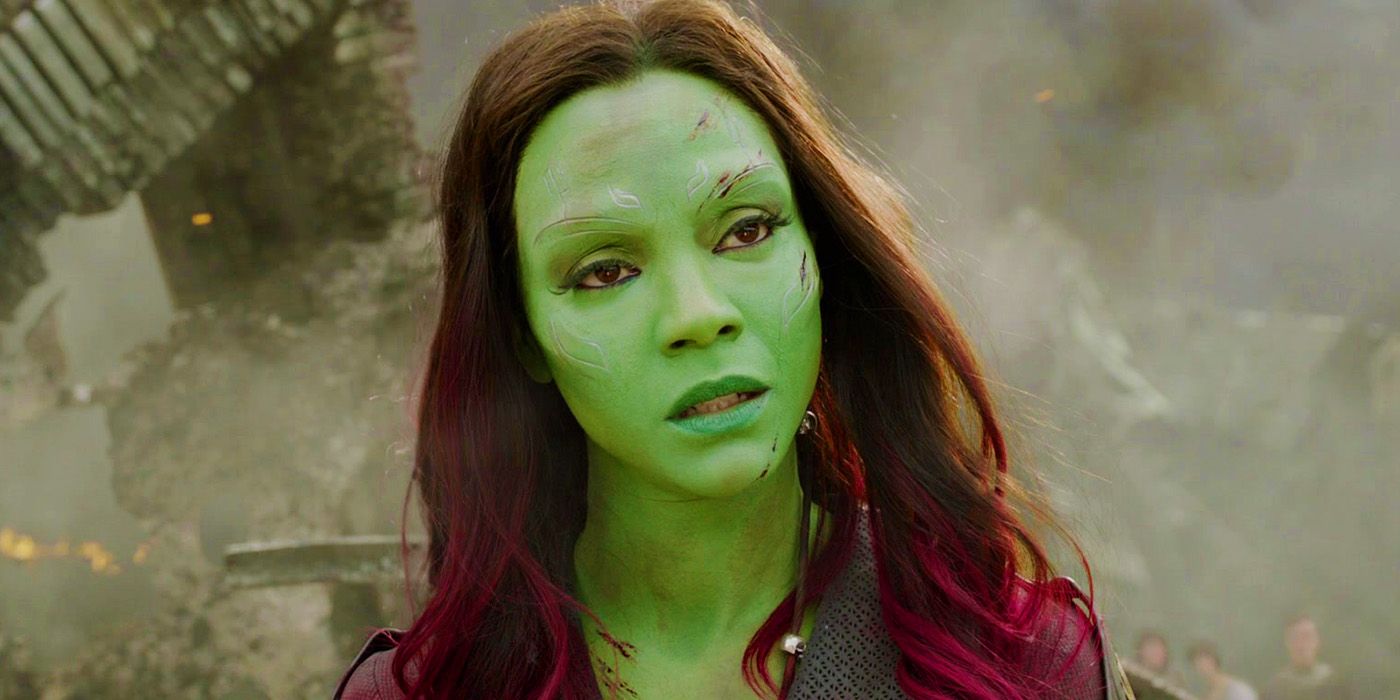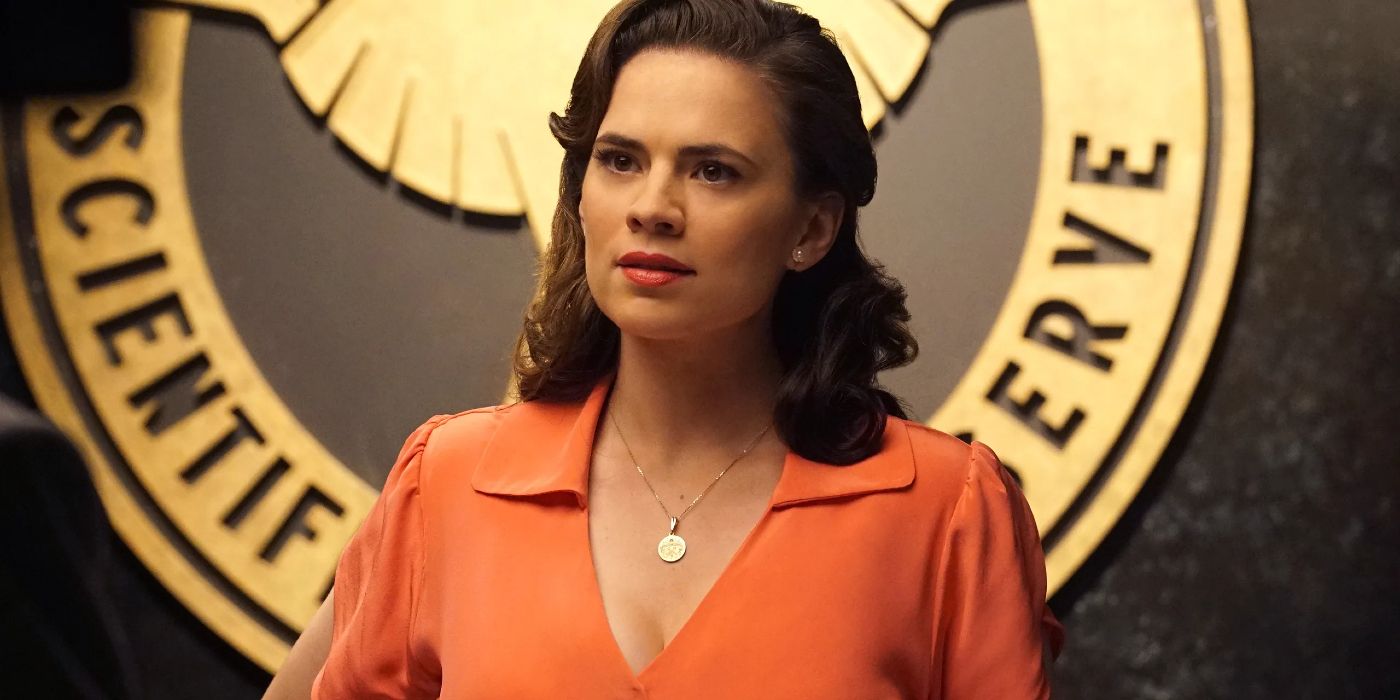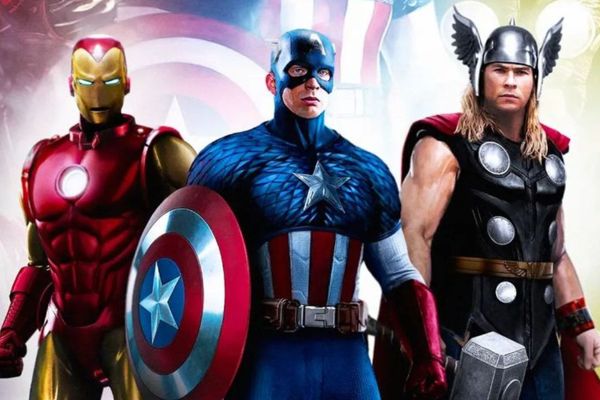
The Evolution of Marvel Characters in the MCU

A deep dive into the notable changes and adaptations of beloved Marvel Comics characters in the Marvel Cinematic Universe (MCU).
The Evolution of Marvel Characters
The Marvel Cinematic Universe is known for its faithful adaptions - however, some heroes are markedly different from the source material. Many beloved Marvel Comics characters have met necessary changes when being adapted to the cinematic franchise. Often, this happens to tamper down the more fantastical elements and make the character relatively more believable. Interestingly, some of these changes have proven so popular in the MCU timeline that they directly influenced subsequent comic books.
Bill Foster meets with Hank Pym in Ant-Man and the Wasp
Changes to a character's origin could prove essential in the MCU's future, as the increasingly ornate lore of the franchise means that upcoming heroes and villains may need aspects of their stories altered more drastically to best fit the current multiverse. This is especially pertinent considering several tumultuous productions in 2023 and the firing of Jonathan Majors as Kang. Nevertheless, the MCU has proven on several occasions that it is well-equipped to make any essential alterations to established character backstories.
Bill Foster: Goliath and Giant-Man
Debuting in 1966, Bill Foster remained a Marvel Comics fixture for four decades until his demise in 2006. He operated under the superhero monikers Goliath and Giant-Man and joined superhero teams like the Avengers, Defenders, and Champions, alongside his roles as an accomplished academic and biochemist. Marvel Studios introduced a matured version of Foster in 2018's Ant-Man and the Wasp to match Michael Douglas's Hank Pym. This portrayal aligns intellectually with the comics, working as Hank Pym's laboratory assistant, but does not allow the character to flourish into a superhero. Goliath was a prominent superhero in Marvel Comics, which the cinematic adaptation never got to actualize.
Clint Barton: AKA Hawkeye
The MCU's reserved family man, Clint Barton, starkly diverges from his original comic book counterpart. The cinematic Hawkeye closely aligns with the Ultimate Comics iteration, featuring a comparable costume, strong ties to SHIELD, and a stable family life. Classic Hawkeye was a former criminal with a fiery temperament. He had minimal ties to SHIELD, other than through his wife, SHIELD agent Mockingbird. The original version of Hawkeye also notably had a romance with Black Widow in the early comic books. While both versions of Barton share skills, they differ in personality. Jeremy Renner's Hawkeye is more approachable and personable. In the comic books, Barton is tough and witty and was once a member of the Thunderbolts.
Clint sitting in a cafe smiling in Hawkeye.
Sam Wilson: AKA Falcon
In the comics, Falcon possesses a rich and multifaceted history that diverges from his portrayal in the MCU. Originally introduced in 1969, Sam Wilson is a skilled bird trainer with a telepathic link to birds, including his pet falcon, Redwing. Unlike the MCU, where his partnership with Captain America is prominent, the comics depict Falcon as an independent superhero with his own adventures and leadership roles within various teams. His character explores deeper complexities, including his experiences as a social worker and his connections to the African-American community. While the MCU has captured essential elements of Falcon's character, the comics offer a more expansive and nuanced portrayal of the superhero - though the MCU should hopefully be able to more closely match some elements of this story now Wilson's story is closer to center stage as the new Captain America.
Sam Wilson's Captain America with his shield in The Falcon and the Winter Soldier
The Ancient One
The Ancient One, the mystical mentor to Doctor Strange, has notable distinctions between the comic book portrayal and the MCU. In Marvel Comics, the Ancient One is traditionally depicted as an elderly Tibetan man, a revered mystic with ancient wisdom and immense magical prowess. However, the MCU's version of The Ancient One is instead a woman played by British actor Tilda Swinton. This decision was purportedly designed to modernize the character and avoid perpetuating negative Asian stereotypes - however, Doctor Strange instead faced accusations of whitewashing due to its alterations with The Ancient One.
Tilda Swinton as the Ancient One at Kamar Taj in Doctor Strange
Thor's Evolution in the MCU
Thor's general demeanor and motivations are pretty faithful in his early MCU appearances. However, in the comics, Thor is an even more serious and regal figure, embodying the traditional Norse god of thunder more intensely. Thor also exhibits a more formal and Shakespearean manner of speaking in the comics. As the MCU developed, it introduced a more approachable and humorous version of the character. Director Taika Waititi's influence in Thor: Ragnarok is largely responsible for shifting the tone, infusing more comedy and levity into the character. This interpretation embraced a less formal speaking style and showcased Hemsworth's comedic abilities. This characterization proved so popular that it has remained in the MCU throughout Thor's subsequent appearances.
thor the dark world starring chris hemsworth as thor
Hope Van Dyne: AKA The Wasp
In the comics, Hope van Dyne is instead named Hope Pym, and rather than being the superhero known as the Wasp, she is a supervillain known as Red Queen. Red Queen's primary motivation was destroying a variant of the Avengers team, A-Next, following the death of her parents. The MCU's characterization of Hope is actually much closer to her mother, Janet van Dyne. In the comics, Janet operates as the superhero the Wasp, who was a founding member of the Avengers. This change was presumably made to adapt the Wasp's long-standing romance with Ant-Man in a way that fits with the MCU's second-generation Ant-Man, Scott Lang.
Evangeline Lily as Hope Van Dyne, dressed as the wasp and talking to Scott Lang in ant-man and the wasp
Peter Quill: AKA Star-Lord
In the MCU, Peter Quill was abducted by extraterrestrials as a child; however, in the comics, he emerges as a NASA astronaut who cons his way into becoming Star-Lord. Initially making only sporadic appearances, it wasn't until 2008 that he resurfaced, assuming leadership of the second Guardians of the Galaxy team. Quill's father in the comics was not the living planet Ego, but the heir to the throne of the planet Spartax. Contrary to the movie's humorous portrayal, the comic version lacked comedic elements. However, following the massive success of the first Guardians of the Galaxy movie, the Marvel Comics Star-Lord transformed, resembling and behaving more like Chris Pratt.
Star-Lord looking stoic in front of flames in Guardians of the Galaxy Vol. 3
Namor: The King of Atlantis
In Marvel Comics, Namor rules as the King of Atlantis. However, in the MCU, Namor is portrayed as the ruler of Talokan, an underwater city powered by vibranium and inspired by Aztec and Mesoamerican cultures. This modification aims for a more realistic approach than the traditional Atlantis - and also functions to separate the character from DC's Aquaman. Both versions of Namor boast flight abilities, an extended lifespan, and amphibious physiology. In the comics, these are mostly due to the fact Namor is a mutant, but in Black Panther: Wakanda Forever, Namor is bestowed with his superhuman abilities after his mother ingests a vibranium-infused herb while still pregnant with Namor.
Namor holding onto a spear in Black Panther: Wakanda Forever
Gamora's MCU Origin
Gamora, like her teammate Star-Lord, underwent substantial reinvention in the MCU, differing from her comic book counterpart. In the comics, Gamora is the last survivor of her species, who was killed by a fanatical cult, rather than the MCU's Thanos. Thanos did, however, adopt and train Gamora into a remorseless and vicious warrior. Gamora eventually rebelled against Thanos, aided by Adam Warlock. Gamora only made sporadic appearances before playing a central role in Marvel's Infinity War crossover event. Like Star-Lord, Gamora joined the Guardians of the Galaxy in 2008. In 2018, Gamora returned to her evil roots, and herself gained control of the Infinity Gauntlet in Marvel's Infinity Wars storyline.
Gamora watching Peter Quill's dance-off in Guardians of the Galaxy
Peggy Carter's Transformation
Peggy Carter has emerged as a standout character in the MCU, propelled by Hayley Atwell's compelling portrayal in Captain America: The First Avenger. Atwell reprised her role in the MCU television series Agent Carter, which depicted her adventures after World War II. In the MCU, Carter is a resilient British agent integral to the Captain America project, becoming Steve Rogers' love interest before he was frozen. In the comics, Carter is a blonde American from Virginia, who encounters Captain America while aiding the French Resistance in WWII. First appearing in 1966, her few wartime adventures appeared in flashbacks. Since Atwell's immensely popular portrayal, Agent Carter has been introduced into the comics - including her Captain Carter persona from the What If...? series and Doctor Strange in the Multiverse of Madness. Though her MCU appearances have elevated her to hero status, the comic book character is far less significant or prominent than her MCU counterpart.
Hayley Atwell as Peggy Carter in Agent Carter
